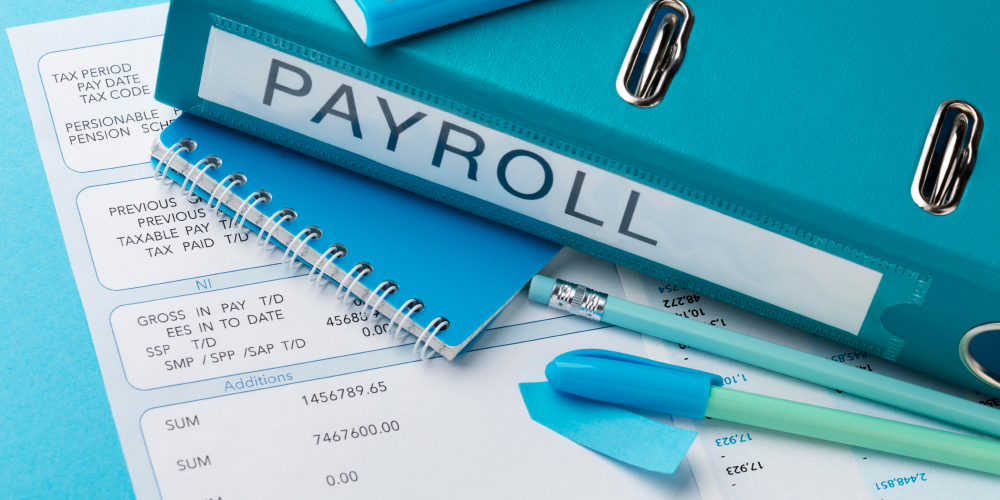Unlike most governments and their departments of labour or employment, there is no explicit law governing how employers should issue payslips to their employees. However, the Shop and office act instructs employers to maintain a clear record of all their employee remunerations and proceeds to list what items should be included in this record. In most cases, such records are kept as paysheets in a tabular format as well as payslips. Typically, two identical copies of an employee’s payslip will be made, one of which is handed over to the employee while the other will be filed either physically or electronically for future reference. Some employers often make sure to collect the employee’s signature as an acknowledgment of the receipt of their payslip copy. Employers are often requested to produce payslips going back several years when solving labour issues. Let’s first look at the items mandated by the Shop and office act and also look at some additional details employers often include in payslips in preparation for instances where fair compensation of your employees is challenged in the future.
Components of the remuneration record/ payslip as per Shop and office act
Employers are required to keep records of each pay cycle whether it may be processed monthly, fortnightly, or weekly. The components listed in the act are as follows:
- Name of the employee
- Age
- Sex
- Class or grade, if any
- Category or designation or occupation
- Remuneration period (month, fortnight or week)
- Number of hours of work performed during the remuneration period
- Number of hours of overtime work performed during the remuneration period
- Rate of remuneration payable
- Allowances payable (each allowance to be shown separately)
- Gross remuneration earned for the remuneration period
- All deductions made from the gross remuneration (each deduction to be shown separately)
- All advances made out of the remuneration during the remuneration period
- Contributions made by the employer and employee respectively in respect of the remuneration period, to any pension or provident fund
The most common pension/ provident funds are EPF (Employee provident fund) and ETF (Employee trust fund)
- The amount of balance remuneration paid and the date of payment
Refers to Net salary or take-home salary
- The total amount of overtime remuneration paid in respect of each remuneration period
- The amount recovered under the Income Tax Ordinance or under any other written law or order of court
Refers to APIT (advance personal income tax) formerly known as Payee (pay as you earn) and other tax types like Stamp duty
- Acknowledgment of the employee in proof of receipt of net remuneration.
Usually, the payslip ends with a statement acknowledging the receipt of the payslip which the employee signs and dates.
Other components from industry best practice
- Company details
- Company name
- Company logo
- Registered address
- Company registration number
- Telephone number
- Email address
- EPF/ETF number
- TIN number (Taxpayer Identification number)
- Printed date and time – if payslip is computer generated
- Company seal – if printed and handed over
- Bank details of the employee
- Other timely details such as vaccination status, hybrid working details
It is your choice to include whatever details you believe will be helpful to communicate to your employees when deciding on your payslip template. However, be sure to include the components listed and the shop and office act. Below is a sample payslip that will help you figure out the information hierarchy and structure of your own payslip template. Good luck with your first payroll!




